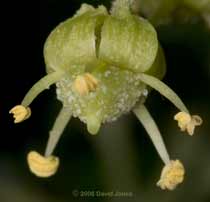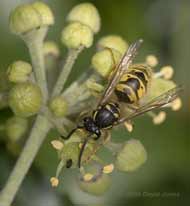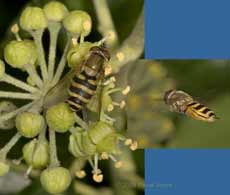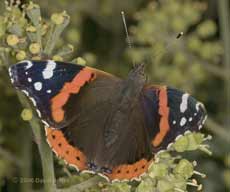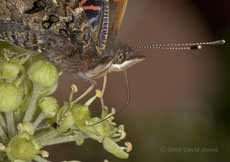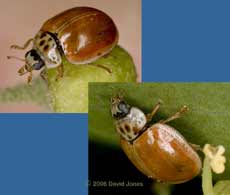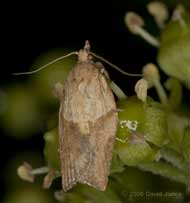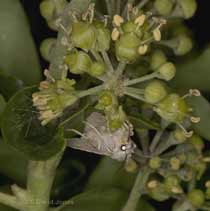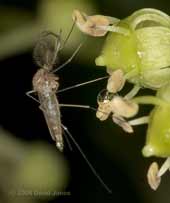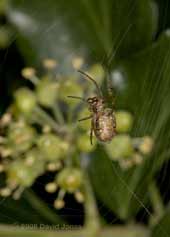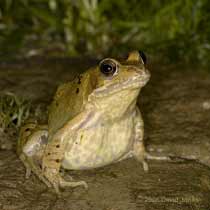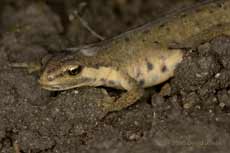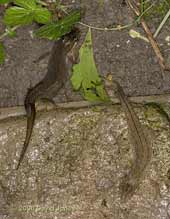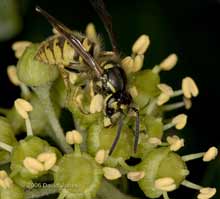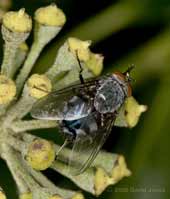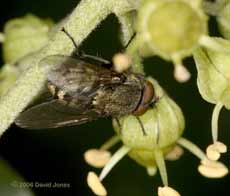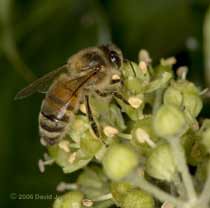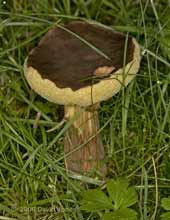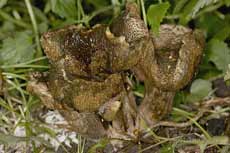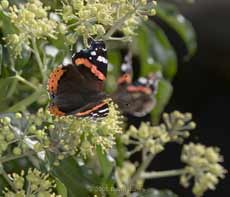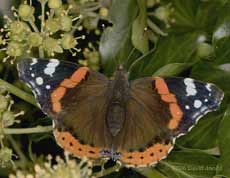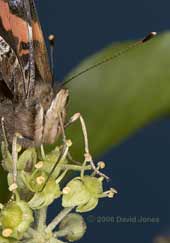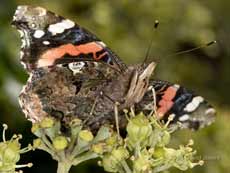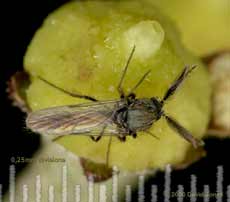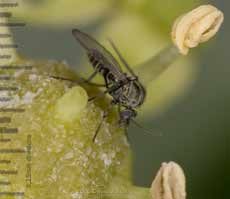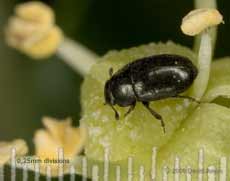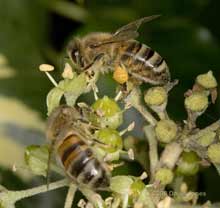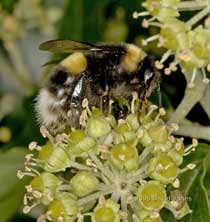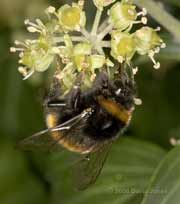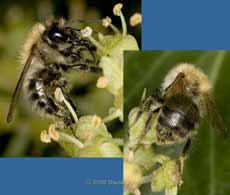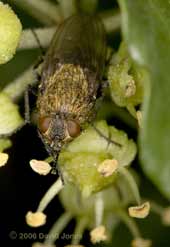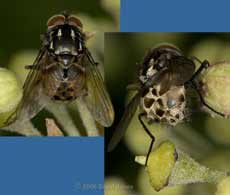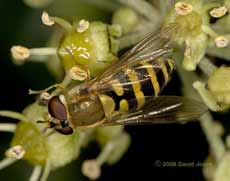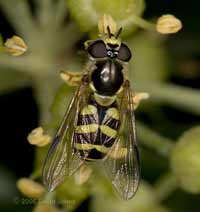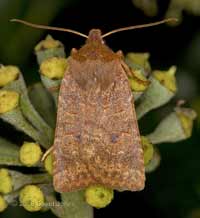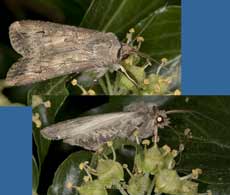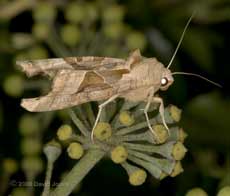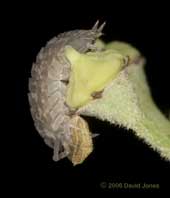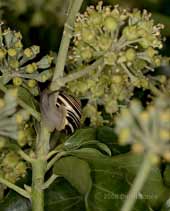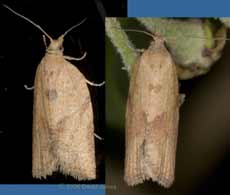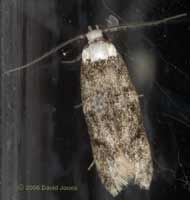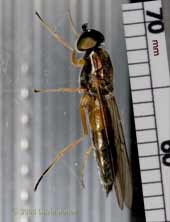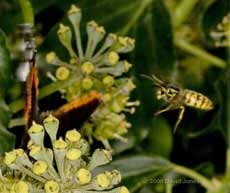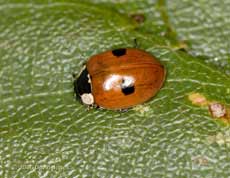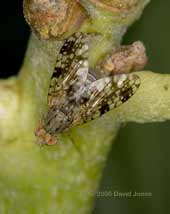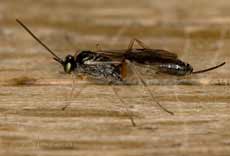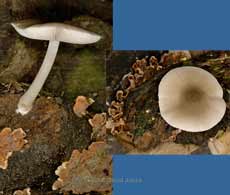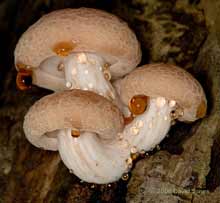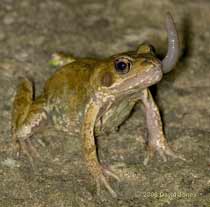Go to the last entry on this page .....Go to previous entry3 October - Home Again - Back at mybitoftheplanet at just after 1pm following a smooth journey in welcome sunshine, and this time with a completed holiday diary (although I'm still trying to organise the pictures from the Spring and Summer trips!). The caravan is back under its shelter, the grass is long, the ponds are full, feeders empty, and all seems well with everything seeming greener than when we left - little sign of Autumn here. Having uploaded my holiday diary to the website, I'm concerned that the photographs are a bit on the dark/contrasty side (my son Simon describes them as being a bit like Kodachrome images!). When I prepared them on my Sony laptop they looked fine, but looking at them on my PC I'm not so sure. I put it down to the different lighting conditions in the caravan, and I will probably 'reprocess' them in the next few days . In the meantime, please let me know if you think they are too dark.
4 October - A day of sorting things out after our return yesterday. It has been dry (almost - just a few spots of rain during the afternoon) with sunny periods. With the grass having flourished in the rains of last week, I needed to use the mower to trim it along the path down the garden - I will leave the rest long. During the last week of the holiday it was noticeable that the trees in the woods were shedding their leaves in the breezy conditions and carpeting the ground, but here in the garden everything is still very green. There are some leaves under the Hawthorn, but those were there before we went away, thanks, I think to the very dry weather. Now, the tree looks a healthy green again with no sign of autumnal colours as yet. The same is true of our Birch, although there is a hint of red on the Rowan, and the neighbour's Silver Birch has a few yellowing leaves. The Elder is still green, as is the Willow (which also started losing leaves before we went away). The Buddleia still has flowers.
Tonight, the Autumn Watch program on TV, Bill Oddie asked people to record the flowering of Ivy. That request is a bit late. We saw some on our way home, and the Ivy in our garden has obviously been in flower for a few days at least. I don't know exactly what the deposits are on the domed surface of the flowers but the strong aroma acts like a magnet for insects, both day and night.
This afternoon you could 'hear' the Ivy hum with insects, mainly various species of true flies, but also many wasps,
and hoverflies like this Syrphus ribesii, and Droneflies.
The sunshine also brought another October regular, this Red Admiral, along with two others that shared their time between opening their wings to the sunshine, and
lapping up the nectar from the newly opened flowers.
I'm not sure if this ladybird was actually feeding from them, although I did see it visit several flowers before it disappeared again into the foliage. To give an idea of scale, the flower bud in the upper image is about 4mm in length. The ladybird's overall appearance (including a brown underside) suggests that it is probably a 10-spot Ladybird, but without any obvious spots - an ID confirmed by Tim Norriss. Newly emerged individuals are spotless, but their wing-cases are usually very pale.
6 October - Both yesterday and today we have seen a lot of rain, and at lunchtime it is very dark and dismal outside. Last night the rain did stop for a while and I was able to take my camera down the garden to check for insects on the Ivy. Not surprisingly, there wasn't a great amount of activity. You could certain smell the Ivy from the other end of the garden, but I wonder how much of the nectar deposits get washed off in the rain.
When I looked, I could find just two moths. This one was low down and easily accessible. Tim Norriss has identified this one as a male Epiphyas postvittana (Light-brown Apple Moth)
The moth was right at the top of the Ivy and this is the only angle from which I could photograph it - Tim thinks it could be either a Blair's or Grey Shoulder-Knot.
Other than moths, the main night-time visitors to the Ivy appears to be mosquitoes, especially the males who feed on the nectar, but even they were few and far between last night.
Hoping to cash in on the visitors there are spiders that set up their web traps. It does surprise me that there are not a lot more, considering the large numbers of insects that usually visit.
Inspecting the Ivy requires me to be looking up, but when moving around in the garden at night I must point my torch downwards for much of the time if I am going to avoid treading on one of the many frogs that are taking advantage of the wet and still reasonably mild conditions to hunt.
While the frogs leap about the garden, much more stealthy in their movements are the newts.
Usually I see them singly, but last night I spotted this pair passing each other on the path just under the Ivy tree.
As this afternoon progressed the rain eased off and it was possible to get outside to wash and disinfect a couple of the bird feeders. There was no sunshine, but a brighter spell brought increased activity at the Ivy. No sign of the Red Admirals today, but there were lots of wasps. After the rain had thoroughly washed the Ivy It seemed to be harder for the wasps to find what they wanted at the flowers today and they visited each one only very briefly. They also disappeared into the leaf cover, presumably to search for insect prey.
The next most numerous visitors were the true flies, mainly Bluebottles like this one,
with smaller numbers of other species like this one.
I spent about twenty minutes at the top of my stepladder, and in that time I saw just a couple of Drone-flies and this single honey bee.
In the area of uncut grass between the Rowan and the Ivy tree is this solitary fungal fruiting body. It looks as though it is one of the Boletus fungi, but I can't get closer than that with an ID. It is about 5.5cm across and stands about 8cm tall.
In the undergrowth nearer the Ivy tree, there is this larger group of fruiting bodies that look as though they were similar, although they in an advanced state of decay. They measure about 13cm across.
7 October - After the recent bad weather it was a pleasant change to have sunshine today, albeit with a westerly breeze that kept it feeling cool for much of the time (max around 16C).
Considering that I only saw a couple all through the summer their presence today was a real treat.
I was wearing a dark green shirt, and several times one would use me as a perch for its sunbathing. In fact, as I waited to get this shot I had one on my right shoulder and another on my right arm - what an honour!
They allowed me to get very close again so you'll have to forgive another shot of one feeding,
and then one with its proboscis rolled up as it sunbathed.
So far, I have seen no sign of any other butterflies in the garden. We usually get a few Holly Blues so I'm watching out for them. As impressive as the Red Admirals are, they were greatly out-numbered by the wasps (several dozen), true flies and Drone-flies - I only saw one other type of hoverfly ( a single Syrphus ribesii). There were numerous honey bees visiting today, so perhaps the message has got back to the hive! As well as the larger insects, there are relatively small numbers of smaller insects to be seen on the flowers.
There were several of these, with their rather distinctive antennae. The 'peak' just behind it is the stigma of the Ivy flower.
Superficially, this appeared very similar but for the antennae.
No ladybird today, but I did find this tiny beetle which stayed on the same flower all the time I was up the ladder.
Tonight I only had a quick check of the Ivy and saw just a couple of plume moths (Emmelina monodactyla), two Green Lacewings, and a pair of woodlice that seemed to be feeding at a flower (sorry, no pictures tonight).
9 October - A pleasant day with the temperature creeping up to over 20C again. Interestingly, there were fewer Red Admirals here - the most I saw at one time was four today (the same yesterday as well).
The wasps and true flies are still much in evidence, as are the Drone-flies and Honey bees, as seen here. The upper one was the only one that I've seen on the Ivy with pollen sacs.
Over the last two days there have also been Bumblebees here. This one appears to be Bombus terrestris.
I'm less sure about this one (I'm afraid I couldn't get a better photograph). The tail was pale but definitely not white like the first one, and there was a yellow front edge to the tail area. That, and the thorax band were quite an orangey yellow.
I have also seen this bumblebee on both days. This is another one that I can't identify for the moment.
A couple of interesting true flies to record today. Just one picture possible of this first one, although I have seen it a couple of times over the last few days. I think it is a Cluster-fly (Pollenia rudis), a fly most often seen in the Autumn. Its larvae are internal parasites of earthworms.
The pattern on the abdomen suggests that this may be a female Graphomyia maculata (the male has a largely orange abdomen).
Hoverflies continue to visit in small numbers (apart for the drone-flies). First, the number of Syrphus ribesii has increased over the last few days, and there were a dozen of them about today.
Also, I saw this hoverfly several times while I watched this morning. It looks rather similar to the previous one, but it is darker, the yellow bands are paler, with the last two bands on the abdomen thinner, and there are dark patches on the outer edges of the wings.
Now back to last night. There were just four moths about when I checked the Ivy around 10pm. The first was this Chestnut Moth.
The second moth was what I though may be a Dark Arches moth, but is in fact a Dark Swordgrass (a migrant species - thanks to Tim Norriss). I have just ordered a new moth guide ("Field Guide to the moths of Great Britain and Ireland" by Waring, Townsend and Lewington) so hopefully I will be better able to identify moths in the future.
I have no doubt about this being an Angle Shades, thanks to its characteristic wing pattern. The final moth was a plume moth (probably Emmelina monodactyla) which managed to avoid the camera.
The next visitors to report on from the last two nights aren't quite what you expect to see feeding at flowers - woodlice. When you click on the image you will see several large pictures. I have not seen any at the top of the Ivy tree, but I have encountered them on flowers up to around 7ft up.
The final visitor to report on from last night is this snail which had made it to the top of the Ivy tree, and was still up there today (at least, I think it was the same one).
10 October - A find but cloudy dry day after a wet start, with a high of 18C.
Last night I found just one moth on the Ivy (right in this picture). The one on the left was on our patio window. I assume that they are the same species (they look like the Light-brown Apple Moth that I photographed on the 6th, but I've included both pictures because of the difference in intensity of the dark spot on the wings. Both moths were about 10mm long.
There was this second, smaller moth on the window, measuring about 7mm in length. I think this one is a White-shouldered House Moth (Endrosis sercitrella).
Also on the window was this (I think) hoverfly. I haven't been able to identify it but I think it is member of the genus Platycheirus.
This morning I caught sight of a hornet visiting the Ivy, although it headed for a part that was out of sight of the ladder. Following that, I've set up the scaffold tower. That will probably stay in place until the berries develop and the birds start to feed after Christmas. I spent several hours up the tower later in the day but I didn't see the hornet return.
However, they do sometimes swoop on the Red Admirals when the latter are perched with wings spread. I spent ages today pointing my camera at a suitable butterfly but missed the moment. This blurred shot is the nearest so far (taken yesterday).
Another event I missed with the camera was the arrival of what I think was a Parent Bug. It disappeared into the foliage before I could point the camera its way.
Talking of Ladybirds, since we returned from Cornwall I've had just three individual sightings of adult Orange Ladybirds on the Birch, and no larvae despite there being a lot of mildew on the leaves now. Things are not looking good for the population this year.
Just one more picture from the Ivy today, of this picture wing fly which I will need to identify again.
When I went back into the house I found this sawfly on my hand. I couldn't get a second photograph before it flew off.
Today's identification problems continue with two more fungi that have produced fruiting bodies. The first was this single head growing out of a rotting log by my workshop shed, and measures around 7cm across.
This second one is smaller but more more spectacular in appearance. Growing out of the side of a stump of what I thought was conifer wood, the largest head is about 23mm across. The drops of liquid have been there all day even though most of the moisture from this morning's rain had long evaporated. There are three large images for this. A very good match in my fungi guides (and further checks on the web seem to confirm this) is Rhodotus palmatus, The Wrinkled Peach fungus. The problem with this ID is that R.palmatus (a Red List species) is associated with Elms rather than conifers - perhaps I'm wrong about the log which was left with me some years ago by one of my tree surgeon sons! Thinking about it, The last fungus I photographed (14 January) on this log was Jew's Ear Fungus which also grows on hardwood rather than the softwood of a conifer. Back on the 6th I photographed a Boletus(?) fungus in the grass. A second fruiting body has now popped up next to it.
I popped down the garden to check the measurements of the fungi tonight and on the way back to the house grabbed this image of a successful frog with earthworm.
Click on the images to see larger versions - |
September trip
to
Cornwall
|
